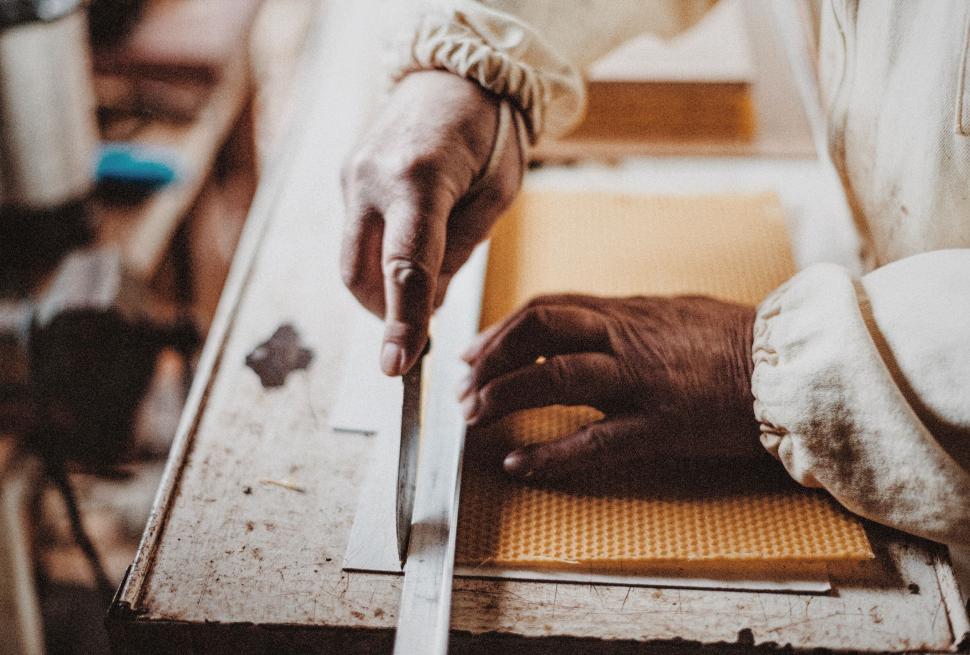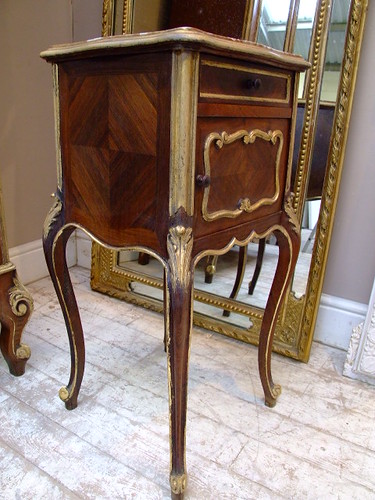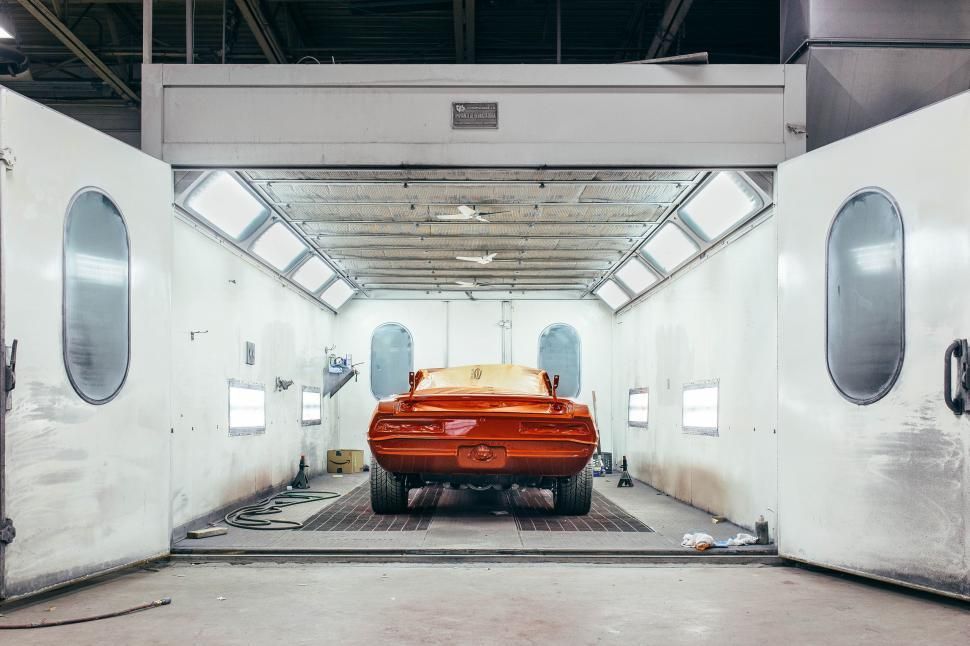
The world of antiques is a treasure trove of history, artistry, and incredible stories. Each piece holds a whisper of the past, connecting us to bygone eras of masterful craftsmanship and unique design. However, as the market for these historical gems flourishes, so too does the proliferation of cunning reproductions and outright fakes, making the quest for authenticity an increasingly intricate dance between knowledge and intuition. This challenge isn’t just for seasoned collectors; whether you’re a first-time buyer, a casual enthusiast, or simply sifting through family heirlooms, discerning the genuine article from a clever imitation is a crucial skill that protects your investment and preserves historical accuracy.
Unmasking the true age and origin of an antique requires a keen eye, a methodical approach, and a solid understanding of the principles that define historical objects. It’s an investigation that combines scientific principles with an appreciation for artistry, allowing us to delve into the very essence of an item’s creation, from its raw materials to the finishing touches. By understanding key characteristics, mastering visual inspection methods, and learning physical assessment techniques, you’ll be better prepared to spot genuine treasures and avoid costly mistakes that can drain your wallet and disappoint your collector’s heart. This comprehensive guide is designed to equip you with the essential knowledge, breaking down complex identification techniques into easily understandable concepts, ensuring you can confidently navigate the fascinating, yet sometimes tricky, landscape of antique authentication.
So, how do the pros truly tell if a piece has a legitimate past or a cleverly manufactured present? It’s not always simple, even for seasoned experts. From subtle markings to construction details, the clues are often hidden in plain sight, waiting for a knowledgeable eye to discover them. We’ll explore the critical aspects of an antique’s identity, providing you with the practical and actionable advice needed to distinguish a true antique from a convincing imitation, empowering you to make informed decisions before you buy, strip, or restore. Let’s embark on this journey of detection, transforming you from an observer into a discerning detective of historical objects.

1. **Understand the 100-Year Rule and Signs of Age**At the very heart of antique identification lies the concept of age. Generally, an item must be at least 100 years old to be considered a true antique, a benchmark that separates vintage items from truly historical ones. But how do you verify this century-long journey through time, especially when clever fakes try to mimic the passage of years? The answer lies in the subtle yet undeniable narrative etched onto an item’s surface through natural wear and tear, a story that reproductions struggle to convincingly replicate.
Begin your assessment by looking for a consistent pattern of wear across the entire piece. Authentic aging manifests as faded paint, the softening of once-sharp edges, and natural discoloration that develops over decades or centuries. These are not random flaws, but organic imperfections that are often impossible to replicate authentically. For example, a piece of 18th-century furniture will often display uneven wear on its legs, particularly in areas that regularly made contact with the floor, reflecting generations of movement and rearrangement.
Similarly, vintage textiles like antique quilts may exhibit slight fading in sections consistently exposed to sunlight, telling a visual story of their environment and placement within a home. The subtle shifting of threads, a natural consequence of time and use, also contributes to this authentic aged appearance. Always approach items that appear overly pristine or “too perfect” with a healthy dose of skepticism, as they might be reproductions crafted with artificial aging techniques that lack the organic depth of true wear.
Patina, that soft sheen or natural discoloration that forms on surfaces over time, is another one of the best indicators of genuine age. It develops as a result of exposure to air, light, and handling over decades or centuries. A bronze sculpture might acquire a beautiful greenish patina, while an antique wooden table often develops a soft glow and subtly smoothed edges from countless interactions. Reproductions may attempt to fake patina, but it often looks overdone, uneven, or strategically placed rather than naturally formed across the entire piece, lacking the warm and variable surface of genuine aging.
Read more about: Unleash the Roar: 15 Affordable Muscle Cars for Middle-Class Enthusiasts and Budget Collectors

2. **Scrutinize Materials and Craftsmanship**Before the era of mass production, items were meticulously crafted by artisans who poured skill and precision into every detail, frequently employing premium, natural materials that were readily available and appropriate for their time. This inherent quality of materials and the undeniable evidence of human touch are crucial indicators of authenticity. When evaluating a piece, observe it closely: does the wood exhibit a rich, natural grain, free from the repetitive patterns seen in modern printed veneers? Are the seams in textiles clearly hand-stitched, revealing slight irregularities that machine production simply cannot replicate?
Authentic antiques often betray the presence of hand craftsmanship through subtle variations in design or execution, which a machine would typically render perfectly uniform. For instance, 19th-century furniture might feature dovetail joints that were cut by hand, resulting in minor, natural inconsistencies between them, such as slightly varying angles or depths. In stark contrast, modern reproductions typically rely on machine-cut joints, which are characterized by their excessive uniformity and sterile precision. The overall quality of workmanship, particularly in high-end antique pieces, often showcases an attention to detail that is frequently lacking in contemporary reproductions.
Beyond the visible details, the very composition and weight of materials can offer significant clues. Genuine antiques frequently incorporate specific woods, metals, or fabrics that were prevalent during their purported period of creation. For example, old iron fencing tends to be significantly heavier than modern aluminum alternatives, and authentic garden ornaments made of stone will outweigh resin reproductions. Old wood furniture, for instance, often utilizes solid hardwoods throughout, rather than the particleboard or veneers common in contemporary pieces. By familiarizing yourself with the typical materials of particular historical periods, you can quickly identify inconsistencies that point towards a reproduction or a clever fake, thereby verifying the item’s material authenticity and providing concrete evidence of its age and quality.
Read more about: Unmasking Authenticity: 15 Simple Ways to Identify a Genuine Classic Car Part from a Reproduction

3. **Inspect Construction Methods and Joinery**The fundamental way an item is assembled can be one of the most profoundly revealing indicators of its true age and origin. Construction methods have evolved dramatically over centuries, leaving distinct historical signatures within the very “bones” of a piece. Understanding these evolutionary changes is paramount for any aspiring antique detector; it is often in the hidden details of how components connect that an item unequivocally reveals its genuine lineage. Early artisans worked with tools and techniques far different from modern factories, and their methods left specific, detectable marks.
Take furniture, for instance, where joinery techniques provide invaluable insights. Hand-cut dovetail joints, characterized by their slight unevenness and irregularity, are a hallmark of pre-19th-century construction, especially in drawer fronts and carcases. These were meticulously crafted by hand, reflecting the artisan’s skill and the limitations of their tools. Conversely, the advent of machine-cut dovetails in the late 1800s introduced a new era of precision, resulting in perfectly uniform and precise joints that appear too flawless to be genuinely old. The presence of staples, modern glues in visible seams, composite woods like particleboard, or contemporary metal drawer slides are definitive red flags, strongly suggesting a newer reproduction that relies on modern assembly techniques.
Beyond sophisticated joints, consider the evolution of fasteners. Screws with flat heads were the universal standard for centuries before the widespread advent of Phillips-head screws in the 1930s. The appearance of Phillips-head screws on an item claiming 18th or 19th-century origin is an immediate and undeniable giveaway of its modern fabrication. Similarly, the use of wooden pegs or hand-forged nails instead of uniform factory-made nails can indicate earlier construction. Examining the underside and back of furniture pieces, or the hidden areas of any antique, is also crucial. Authentic antiques will show signs of age in these often-overlooked areas—evidence of oxidation on metal, old tool marks from planes or saws, and perhaps even the lingering presence of cobwebs in forgotten corners. If these surfaces are suspiciously smooth, laminated, or factory-perfect, it’s highly probable the item is much newer than it pretends to be, as these elements are crucial modern construction clues, pointing away from genuine antiquity.

4. **Decipher Makers’ Marks, Hallmarks, and Signatures**Many authentic antiques carry distinctive marks that serve as vital clues to their origin, maker, and even their specific date of creation. These identifiers can range from a discreet maker’s stamp or a country of origin indication to an artist’s full signature, each offering a potential pathway to authentication. For example, a silver teapot dating back to the 1800s might feature a hallmark, a tiny impressed stamp indicating its purity, the assay office where it was tested, and its specific maker, a complex system of marks that is difficult to fake convincingly. Similarly, Victorian-era ceramic wall tiles often bear marks on their backs, while ornamental cast-iron pieces like planters or fountains may have marks in hollow recesses or on their bases, areas often overlooked by casual inspection.
Researching these specific marks is an absolutely critical step in the authentication process. Invaluable resources such as comprehensive reference books like “Miller’s Antiques Handbook” or extensive online databases and collector forums can help you cross-reference and verify the authenticity of these identifiers. Understanding the typical styles, fonts, and precise locations of marks associated with the antique you’re examining provides a powerful verification tool. For instance, knowing that a certain furniture manufacturer consistently placed its stamp on the bottom right corner of a particular furniture type, or utilized a specific font for its logo, can quickly validate or invalidate a claim, especially when compared against known examples of their work.
However, the presence of a mark alone, no matter how convincing, does not automatically guarantee authenticity, as forgeries are a constant and sophisticated concern in the antique market. Some reproductions are meticulously crafted to mimic genuine marks, attempting to deceive collectors with false credentials. Therefore, it is crucial to beware of such fabrications and to always use multiple, reliable reference materials to verify the authenticity of any mark you encounter, and to compare them to known authentic examples. A legitimate mark, when corroborated by thorough research and consistent with other signs of age and craftsmanship, significantly enhances your confidence in an item’s historical accuracy and value, serving as a powerful and often definitive indicator of the real deal, particularly for mass-produced items where such marks were standard.

5. **Utilize Provenance and Documentation**Beyond the intrinsic physical characteristics of an antique, its history of ownership, known as provenance, can provide perhaps the most robust and compelling evidence of its authenticity and value. Provenance is essentially the item’s biography, a chronological record tracing its journey through time from its creation to its present state, akin to a historical passport. Documentation, such as original sales receipts, detailed family records, auction catalogs, exhibition records, or certificates of authenticity issued by reputable dealers or recognized appraisal services, can offer invaluable, tangible proof of an item’s age and origin, far surpassing mere visual inspection.
The presence of verifiable provenance documentation significantly boosts an item’s credibility and offers a powerful safeguard against misrepresentation. If a piece comes with a clear, unbroken chain of ownership that extends back to its supposed era, especially through well-known collectors or institutions, it offers a strong assurance against forgery or outright fabrication. While it’s true that not every genuine antique will possess extensive, perfectly preserved documentation—especially for very old or less high-value pieces—the existence of any supporting records adds a crucial layer of verifiable history that is extremely difficult for fakes to replicate convincingly. Such documentation isn’t just about authenticity; it can also reveal fascinating insights into the item’s past, enriching its story and profoundly enhancing its cultural and financial value.
When an antique lacks any discernible provenance, it’s always wise to exercise caution and ask the seller pertinent questions about its backstory. A reputable and knowledgeable seller should be able to provide at least a detailed history, even if it’s anecdotal, and explain any gaps in the documentation. A lack of information, vague explanations, or a reluctance to provide details can be a significant red flag, potentially indicating a seller’s limited knowledge or, worse, an attempt to obscure the item’s true origin. While a compelling story can add credibility and charm, always seek to corroborate it with physical evidence, expert opinion, and, if possible, independent research. Ultimately, solid, verifiable provenance is a powerful ally in the authentication process, offering crucial peace of mind and substantially validating an antique’s claim.
Read more about: Unearthing Humanity’s Echoes: A Deep Dive into the Science and Spirit of Archaeology

6. **Distinguish Solid Wood from Veneer**One of the most common misconceptions that often trips up aspiring antique collectors revolves around the presence of veneer. Many mistakenly believe that if a piece of furniture incorporates veneer, it must automatically be a modern reproduction or of inferior quality. Let us be absolutely clear: this is a significant misunderstanding that can lead to passing over genuinely valuable and beautiful pieces. Veneer is emphatically not a “dirty word” in the world of antiques; in fact, it has been a sophisticated, artistic, and revered technique in furniture-making for centuries, particularly in high-end European and American pieces from the 18th and 19th centuries, where it allowed for incredible decorative effects.
To properly understand this, it’s essential to differentiate between the two core concepts in furniture construction. Solid wood refers to furniture constructed entirely from whole planks of wood, from the surface right through to the core. This gives a uniform grain pattern that wraps around edges. Veneer, on the other hand, involves applying a thin, decorative slice of high-quality, often exotic, wood over a more affordable, stable, or structurally sound base material, such as pine, poplar, or a type of plywood. The artistry of veneering allowed master craftsmen to showcase exotic woods and dramatic, highly figured grain patterns – such as burl or crotch wood – that would have been prohibitively rare, expensive, or structurally unstable if used in solid form. It was a technique embraced for both its aesthetic beauty and its practical economy, often indicating a piece of higher status and design ambition.
Read more about: The Great Vanishing: Unpacking the Ever-Changing World of ‘Cults’ – From Ancient Rites to Modern Controversies
When inspecting a piece, a keen eye for the edges can often help you discern solid wood from veneer. On a veneered piece, the grain pattern typically will not wrap continuously around the edges; instead, you might observe a thin, often subtle line where the veneer terminates, or even slight chipping along the edge where the thin layer has lifted over time. In stark contrast, solid wood construction will display a grain that naturally continues over corners and edges, maintaining a seamless, unbroken appearance. Furthermore, examining the underside or back of a veneered piece often reveals a different, cheaper, or less decorative wood used for the base, distinct in texture and tone from the decorative surface. With solid wood, the same material is typically evident throughout, from front to back, offering a consistent material presence that is a key indicator of its construction. Don’t let a lifting or chipping edge deter you prematurely; instead, always check the underlying construction and consider the artistic intent before making a final judgment about the piece’s authenticity or quality.



